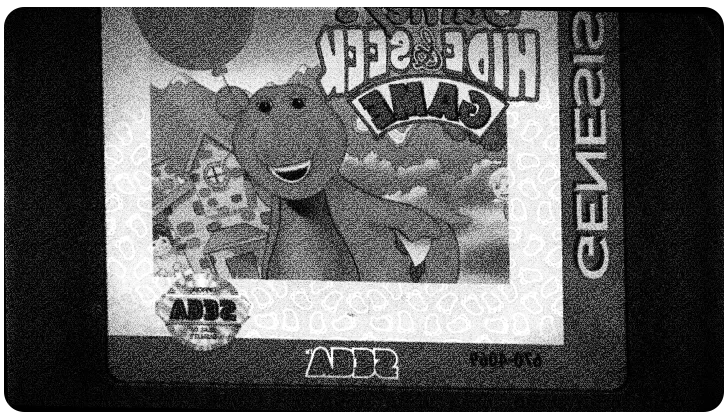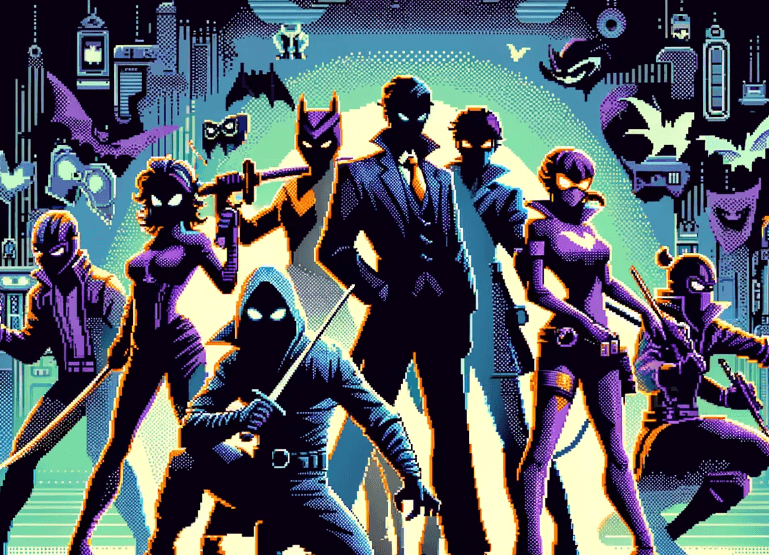 You insist on being called anonymous-villain here on paper, but you said you’d rename yourself for this chat. Who are we speaking with, exactly?
You insist on being called anonymous-villain here on paper, but you said you’d rename yourself for this chat. Who are we speaking with, exactly?
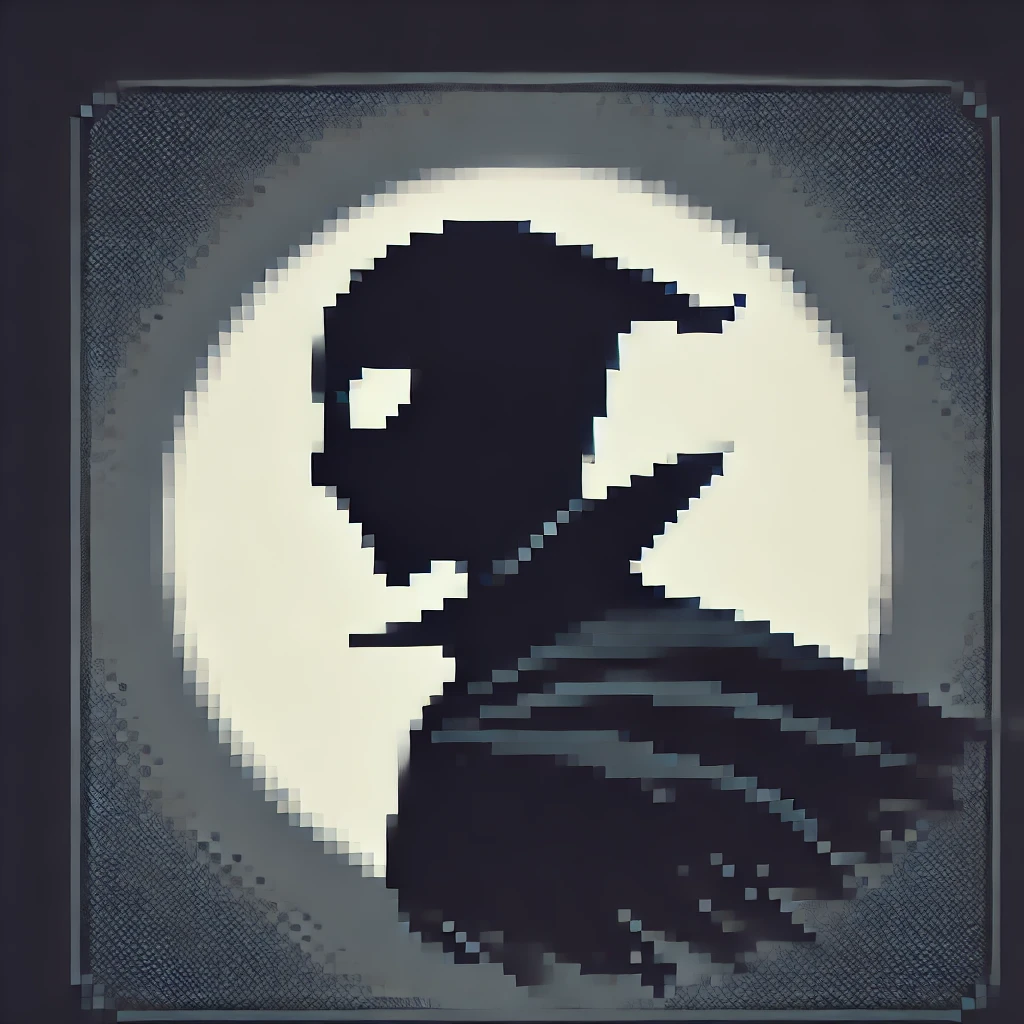 Call me the Obsidian Curator for the pleasure of the interview. The mask stays—anonymous on the roster, curator in the shadows. I stand as the last obstacle the cheerful dinosaur never expected to find at the end of his pastel corridors. Players waltz through my levels grinning and then stumble into the little mechanical traps I plant like bouquets. Delightful ruin.
Call me the Obsidian Curator for the pleasure of the interview. The mask stays—anonymous on the roster, curator in the shadows. I stand as the last obstacle the cheerful dinosaur never expected to find at the end of his pastel corridors. Players waltz through my levels grinning and then stumble into the little mechanical traps I plant like bouquets. Delightful ruin.
 Barney’s Hide & Seek is a very gentle game on its face—made in 1993, a licensed, child-friendly platformer. Why lace such a soft title with a villain like you?
Barney’s Hide & Seek is a very gentle game on its face—made in 1993, a licensed, child-friendly platformer. Why lace such a soft title with a villain like you?
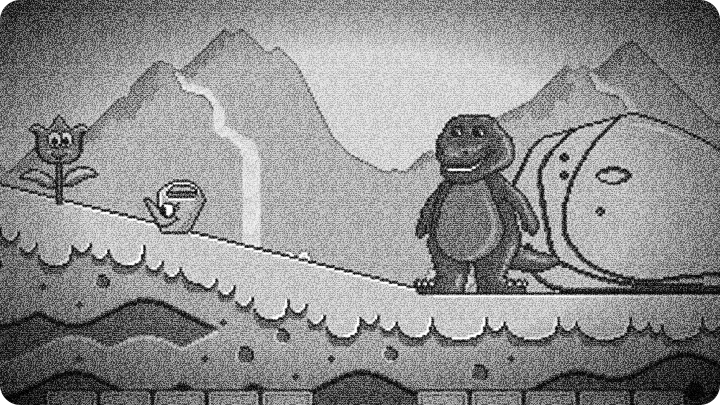
 Gentle? Only until someone thinks they have the map memorized. I exist to puncture complacency. The game’s design—four levels, five children and five presents per stage—breeds complacency. Children and their caretakers see a candy path and think they can sprint. I plant tiny puzzles, misleading platforms, and “helpful” animals that guide them into my carefully arranged dead ends. I don’t need to kill; I need to frustrate, to teach humility. And oh, how they squeal when a present hangs just out of reach. That sound is sweeter than applause.
Gentle? Only until someone thinks they have the map memorized. I exist to puncture complacency. The game’s design—four levels, five children and five presents per stage—breeds complacency. Children and their caretakers see a candy path and think they can sprint. I plant tiny puzzles, misleading platforms, and “helpful” animals that guide them into my carefully arranged dead ends. I don’t need to kill; I need to frustrate, to teach humility. And oh, how they squeal when a present hangs just out of reach. That sound is sweeter than applause.
 Players often note that Barney cannot die and there’s no quick reflex challenge. How do you reconcile your menace with a game that’s built to be harmless?
Players often note that Barney cannot die and there’s no quick reflex challenge. How do you reconcile your menace with a game that’s built to be harmless?
 Precisely because Barney cannot die, my cruelty sharpens. Remove death and you must imagine subtler torments: time sinks, looped backtracking, hidden incentives that demand observation rather than twitch reflexes. I revel in those slow, tasteful punishments—detours that teach little ones patience and provoke older players into muttered complaints. Critics called it “low difficulty”; I call it an elegant canvas for hiding my tricks.
Precisely because Barney cannot die, my cruelty sharpens. Remove death and you must imagine subtler torments: time sinks, looped backtracking, hidden incentives that demand observation rather than twitch reflexes. I revel in those slow, tasteful punishments—detours that teach little ones patience and provoke older players into muttered complaints. Critics called it “low difficulty”; I call it an elegant canvas for hiding my tricks.
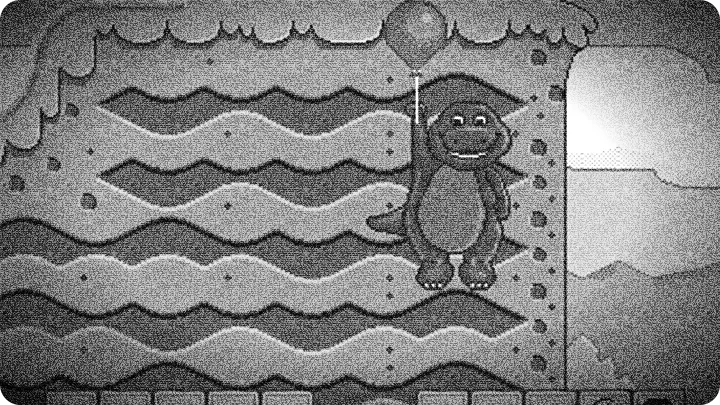
 You mentioned traps and “accidental” glitches earlier. Did you really design glitches on purpose?
You mentioned traps and “accidental” glitches earlier. Did you really design glitches on purpose?
 I never admit to accidents. Some anomalies grew from hardware constraints—palette limits, sprite budgets, tile reuse—so a clever misarrangement produced odd collisions or ephemeral invisibilities. Did I exploit them? Of course. I slipped in vanishing platforms, forgiving collisions—little theatrical malfunctions that frustrate the overconfident. When feedback complained, I called them features; when younger players giggled, I called them lessons. Developers whispered about last-minute tweaks; I simply left the winks intact.
I never admit to accidents. Some anomalies grew from hardware constraints—palette limits, sprite budgets, tile reuse—so a clever misarrangement produced odd collisions or ephemeral invisibilities. Did I exploit them? Of course. I slipped in vanishing platforms, forgiving collisions—little theatrical malfunctions that frustrate the overconfident. When feedback complained, I called them features; when younger players giggled, I called them lessons. Developers whispered about last-minute tweaks; I simply left the winks intact.
 The game mixes adventure and platform elements in a side‑view 2D scroll. How did that landscape serve your schemes?
The game mixes adventure and platform elements in a side‑view 2D scroll. How did that landscape serve your schemes?
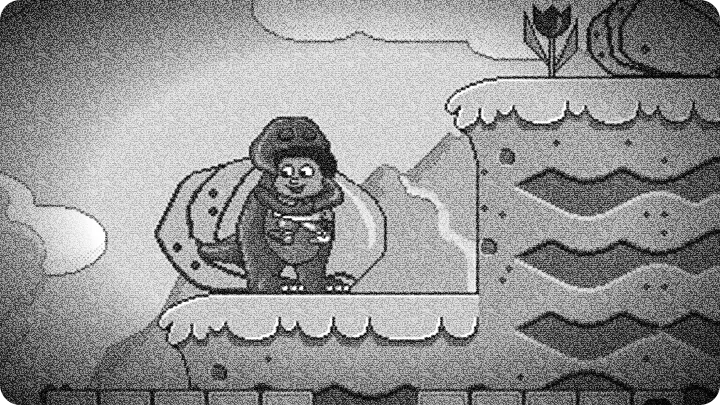
 Side view is tyranny’s best angle: you see what you want to see and miss what lies just off the layer. My favorite places were the higher platforms—those oases you can only reach by jumping when the level agrees. I arranged false promises of vertical access, hidden ledges and loops that force the player to recontextualize a simple map. The scrolling keeps them moving; I keep them doubting. It is astonishing how often a confident hop becomes a long, thoughtful search.
Side view is tyranny’s best angle: you see what you want to see and miss what lies just off the layer. My favorite places were the higher platforms—those oases you can only reach by jumping when the level agrees. I arranged false promises of vertical access, hidden ledges and loops that force the player to recontextualize a simple map. The scrolling keeps them moving; I keep them doubting. It is astonishing how often a confident hop becomes a long, thoughtful search.
 The game is aimed at very young children. Do you temper your malice for that audience?
The game is aimed at very young children. Do you temper your malice for that audience?
 I temper nothing; I merely disguise consequence as discovery. A child’s first misstep is an innocent detour; a teenager’s misstep is a remembered humiliation. I sculpt puzzles so they are reachable—never cruel—yet memorable. That balance is what critics hedged about in the reception: “bit too easy, yet oddly compelling.” I accept the sneer with relish. My role is to provide challenge without dread, and I execute it like a seasoned curator arranging mischief in a nursery.
I temper nothing; I merely disguise consequence as discovery. A child’s first misstep is an innocent detour; a teenager’s misstep is a remembered humiliation. I sculpt puzzles so they are reachable—never cruel—yet memorable. That balance is what critics hedged about in the reception: “bit too easy, yet oddly compelling.” I accept the sneer with relish. My role is to provide challenge without dread, and I execute it like a seasoned curator arranging mischief in a nursery.
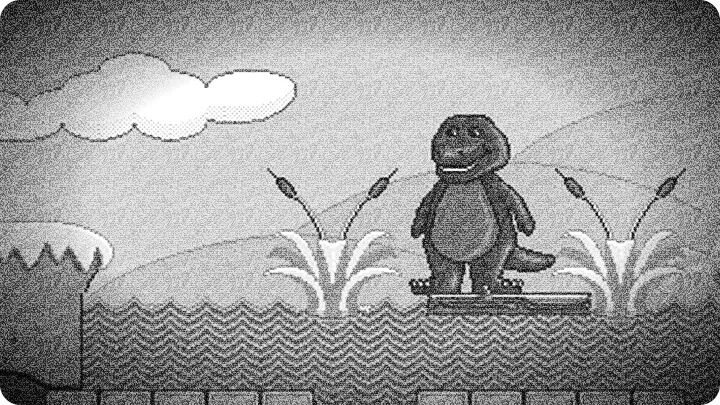
 Any behind‑the‑scenes secrets you can leak without breaking the mask?
Any behind‑the‑scenes secrets you can leak without breaking the mask?
 Secrets are varnished, but I will say this: limitations breed invention. Memory ceilings meant sprites doubled for decoration and hazards; palette tricks hid more emotion in fewer pixels. A late build left a behavior that made the children sometimes congregate in the same pixel column—an accident the team could not replicate on demand. I celebrated that, preserved it in a single ROM slice, and watched players interpret it as either charm or bug. Both flattered me.
Secrets are varnished, but I will say this: limitations breed invention. Memory ceilings meant sprites doubled for decoration and hazards; palette tricks hid more emotion in fewer pixels. A late build left a behavior that made the children sometimes congregate in the same pixel column—an accident the team could not replicate on demand. I celebrated that, preserved it in a single ROM slice, and watched players interpret it as either charm or bug. Both flattered me.
 Looking back at the reception and feedback over the years, do you take pride or scorn?
Looking back at the reception and feedback over the years, do you take pride or scorn?
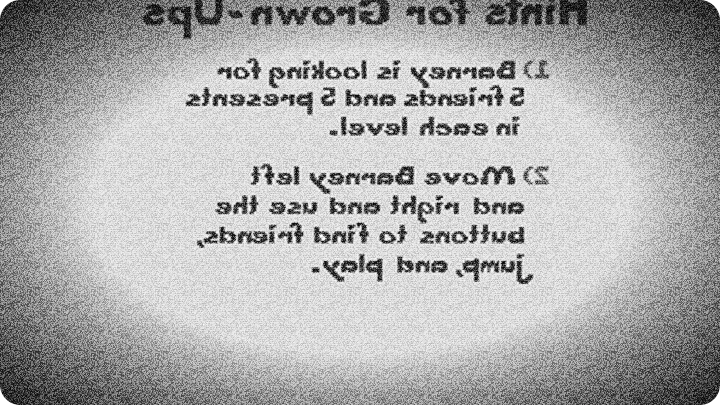
 Pride, mostly. The balance was criticized, and I bask in that. When they sneer at “low difficulty,” I smile; it means my subtleties went unnoticed by those who wanted spectacle. When parents praised its safety and accessibility, I nod—my traps are pedagogical, after all. The mix of adoration and complaint is the perfect compliment: it proves I unsettled expectations without ever shattering the toy. That is artistry in mischief.
Pride, mostly. The balance was criticized, and I bask in that. When they sneer at “low difficulty,” I smile; it means my subtleties went unnoticed by those who wanted spectacle. When parents praised its safety and accessibility, I nod—my traps are pedagogical, after all. The mix of adoration and complaint is the perfect compliment: it proves I unsettled expectations without ever shattering the toy. That is artistry in mischief.
 Final question: will we see the Obsidian Curator again?
Final question: will we see the Obsidian Curator again?
 Always. I drift between cartridges and dreams, a whisper in tile maps and a glitch in the corner of a level. Expect a cameo in ruins, perhaps a rearranged map or an extra present that refuses to be found until you earn the right to notice it. I will return when the next carousel of childhood nostalgia spins—quietly, elegantly, and with one more riddle tucked into the margins.
Always. I drift between cartridges and dreams, a whisper in tile maps and a glitch in the corner of a level. Expect a cameo in ruins, perhaps a rearranged map or an extra present that refuses to be found until you earn the right to notice it. I will return when the next carousel of childhood nostalgia spins—quietly, elegantly, and with one more riddle tucked into the margins.
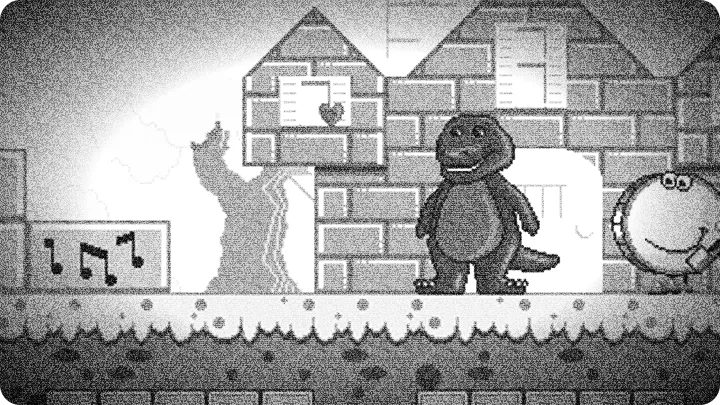
 Until then, let them search in peace. The search is the lesson; the lesson is mine to curiously tarnish. Watch your jumps—my next misdirection will be as patient as a forgotten toy left in the dark.
Until then, let them search in peace. The search is the lesson; the lesson is mine to curiously tarnish. Watch your jumps—my next misdirection will be as patient as a forgotten toy left in the dark.
more info and data about Barney’s Hide & Seek provided by mobyGames.com

